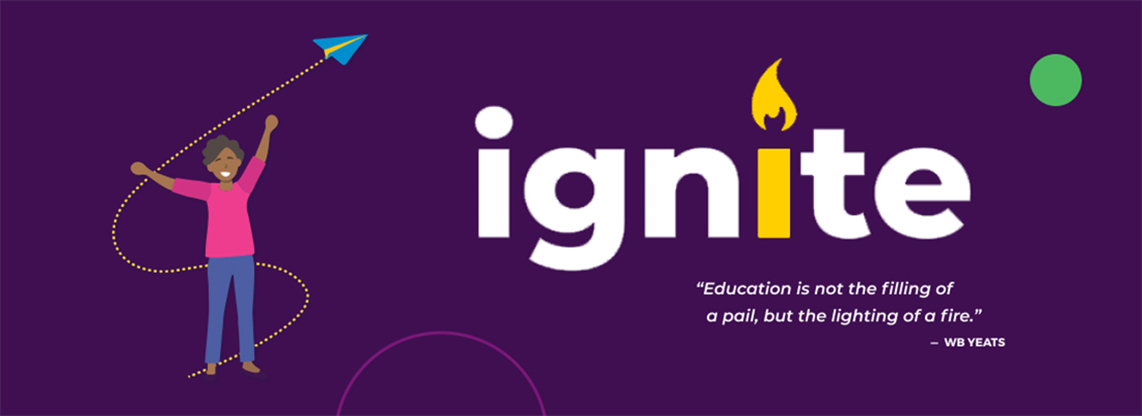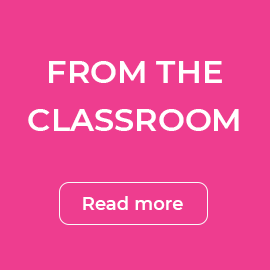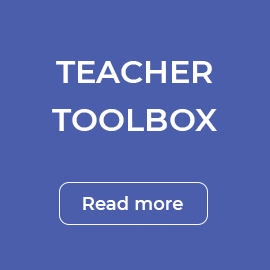Welcome to our August Newsletter!
Are you ready to dive into the fascinating world of curiosity in education?
Newsletter – August
ENTREPRENEURSHIP.
EMPLOYABILITY.
EDUCATION.
ENTREPRENEURSHIP.
EMPLOYABILITY.
EDUCATION.
AUGUST 2023


In the past, curiosity got little attention due to the popular behaviourism approach. This approach only focused on visible behaviours, leaving out inner experiences like curiosity. But times are changing, and we realise that curiosity is a precious part of being human.
That’s why our spotlight this month is on the “C” in S.P.E.C.I.A.L. – the star of this newsletter!
Curiosity is like a spark that ignites our passion for learning and exploring. By nurturing this spark, we can turn learning into a thrilling and meaningful adventure for Learners.
Back then, we believed motivation came from basics like hunger and thirst. However, we now know that curiosity also has a significant role. It’s like a compass that guides us to seek answers and unravel challenges, making the learning journey even more exciting and fulfilling. The secret? It’s all about that feeling of “reward”. Curiosity comes in two forms: “perceptual curiosity” and “epistemic curiosity.”
Perceptual curiosity: This is when we’re attracted to new things like the excitement of discovering the latest app or something we haven’t seen before. It’s that feeling of being drawn to what’s new and different, even if it’s just the packaging that’s changed. Think of it as the charm of novelty.
Epistemic curiosity: This is all about our thirst for knowledge. It’s the drive to know and understand more deeply. Remember how children love taking things apart to see how they work? That’s epistemic curiosity in action. It’s the quest for uncovering the “why” and “how” behind things.
By understanding these different types of curiosity, we can make lessons interesting for everyone!
And speaking of interesting and engaging lessons, have you considered trying out project-based learning? It’s a fantastic approach that nurtures curiosity by letting Learners dive into real-world challenges. If you’re curious to learn more about it, why not sign up for our ‘Introduction to Project-Based Learning’ training and discover how to create dynamic lessons that foster curiosity, creativity and real-world skills in your Learners?
Curiosity is like a superpower in your classroom. You can use it to plan lessons that grab attention, inspire and excite the class. It’s like creating a place where curiosity thrives, questions are celebrated and the joy of learning shines through!
We love to hear from you, so why not join the conversation and connect with your fellow Teachers and us in TeacherConnectlounge? Join us here! Remember, you can also share your thoughts on our Facebook page here!





